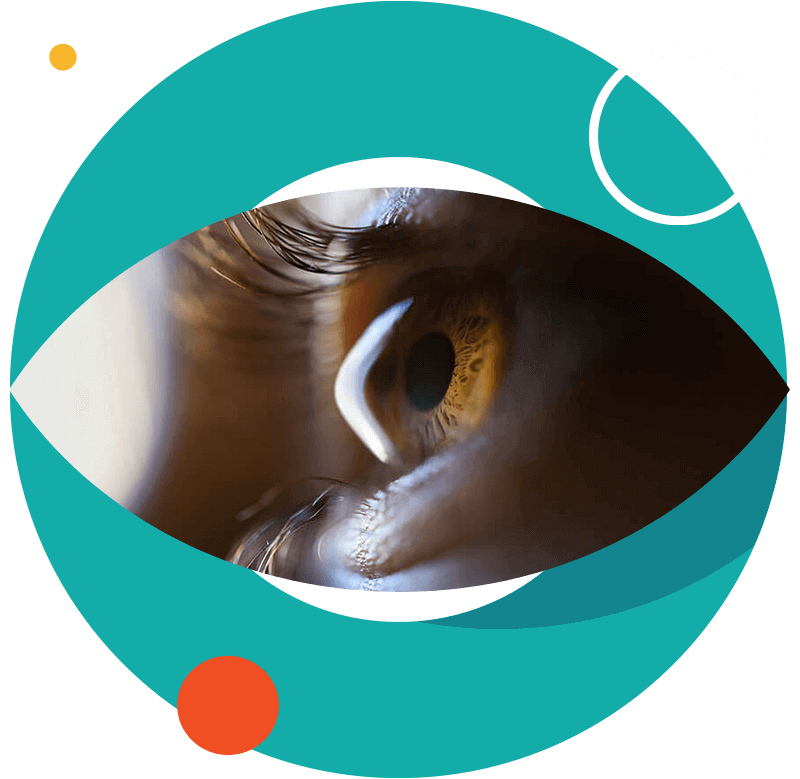Keratoconus is a degenerative ocular disease where deterioration of the cornea causes thinning, brittleness, and a conical shape. As a result of this distortion in shape, light is unable to properly reach the retina, leading to impaired vision. In some cases, it leads to irregular astigmatism, as a result of two ocular curvatures.
Although there is no cure, there are several treatment options available, including various types of prescription contact lenses, a cross-linking procedure, surgical Intacs, and in severe cases, corneal transplant surgery.
Over the course of a patient’s life, some or all of these corrective measures may be implemented as the condition advances. Fortunately, with proper medical intervention, the risk of blindness is minimal. Nevertheless, as with all ocular disorders, appropriate care is critical to treat this condition and prevent deterioration. A comprehensive exam will enable the optometrist to make a diagnosis.










